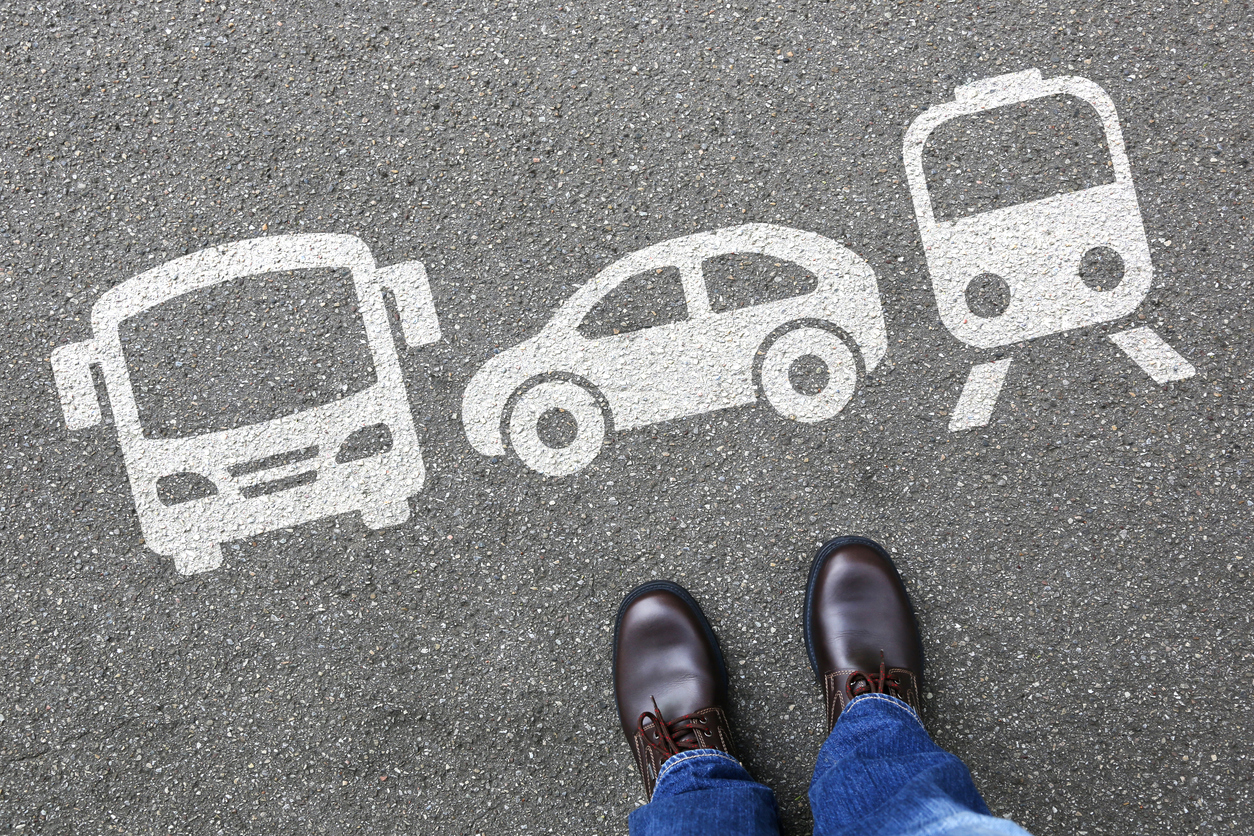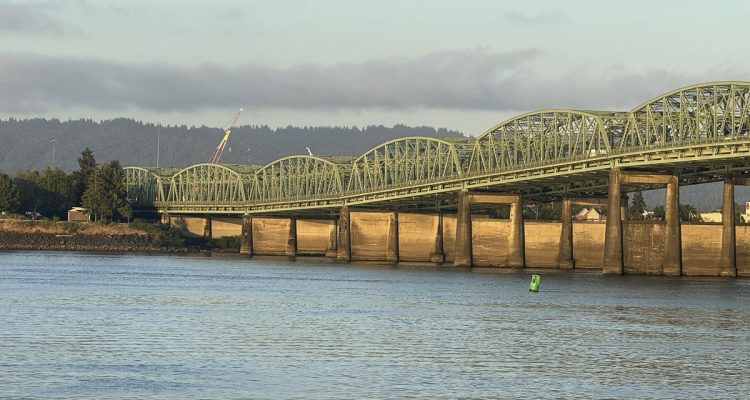*Note: this blog is part 5 of a short blog series on the University of Minnesota I-405 toll lane study released on 12/13/17. Read part 1 here, part 2 here, part 3 here, and part 4 here.
The University of Minnesota, overseen by the Joint Transportation Committee (JTC), recently provided a state-funded analysis of the I-405 Express Toll Lanes (ETLs) after two years of operations. Rather than terminating the toll lanes, the report provides several short and long-term recommendations to improve ETL operations so the state can continue to profit from toll revenue. We have analyzed those recommendations in detail throughout this short blog series.
Despite the handful of recommendations provided, the study, which cost $160,000 in public money, is incomplete. The University of Minnesota failed to complete key tasks listed in their proposal.
Per their contract, the University team delivered a draft analysis to the JTC Project Manager on November 29, 2017. They were to work with the JTC Project Manager on reviewing the draft and incorporating any suggested changes before their presentation on December 14. It was hoped that the University team would have made recommendations to make all lanes move better – but that analysis was interestingly omitted from the study.
When JTC received the first draft in November, this was an opportunity for the project manager to either enforce the contract and the tasks the University team said they would complete, or require the University team to explain why they failed to complete certain tasks and why they still deserve full payment.
If the public is to trust lawmakers with how they spend their money, especially on a multitude of task forces and studies, contracts should be enforced and studies should be complete. The lack of completion in this case raises questions about the objectivity and integrity of the study.
This is especially true given the lack of analysis on alternative lane configurations, or an all general purpose lane option, which the University team said they would do. By focusing only on options that reinforce existing toll lanes, the study infers that toll lane users are more important than the rest of I-405 commuters who remain stuck in bumper to bumper traffic.
Below is a list of the tasks that were promised to be completed in the study.
Task 1: Analysis of traffic data for express toll lanes and general purpose lanes of I-405 tolled corridor
Calculate volume and compare to pre-ETL conditions
Calculate speed in each segment
Origin/destination table and travel time measures
Analysis of value of time and value of reliability
Task 2: Analyze performance in the corridor (compared to legislative requirements)
Speed of 45 mph
Speed on general purpose lanes
Transit ridership
ETL usage in comparison with projections
Generated revenue
Traffic volume on neighboring roadways
Gross revenues compared to projections
Task 3: Develop recommendations to improve traffic performance in the corridor
Changes to toll rate setting and dynamic rate-setting algorithms
Changes to lane designations and restrictions
Various combinations of lane types, including an optimal combination of lane types
All general purpose lane alternative
Task 4: Work with staff workgroup
Hold regular conference calls and request JTC/WSDOT staff to provide relevant information
Task 5: Presentations
Produce PowerPoint presentations for project deliverables, and present findings to JTC





